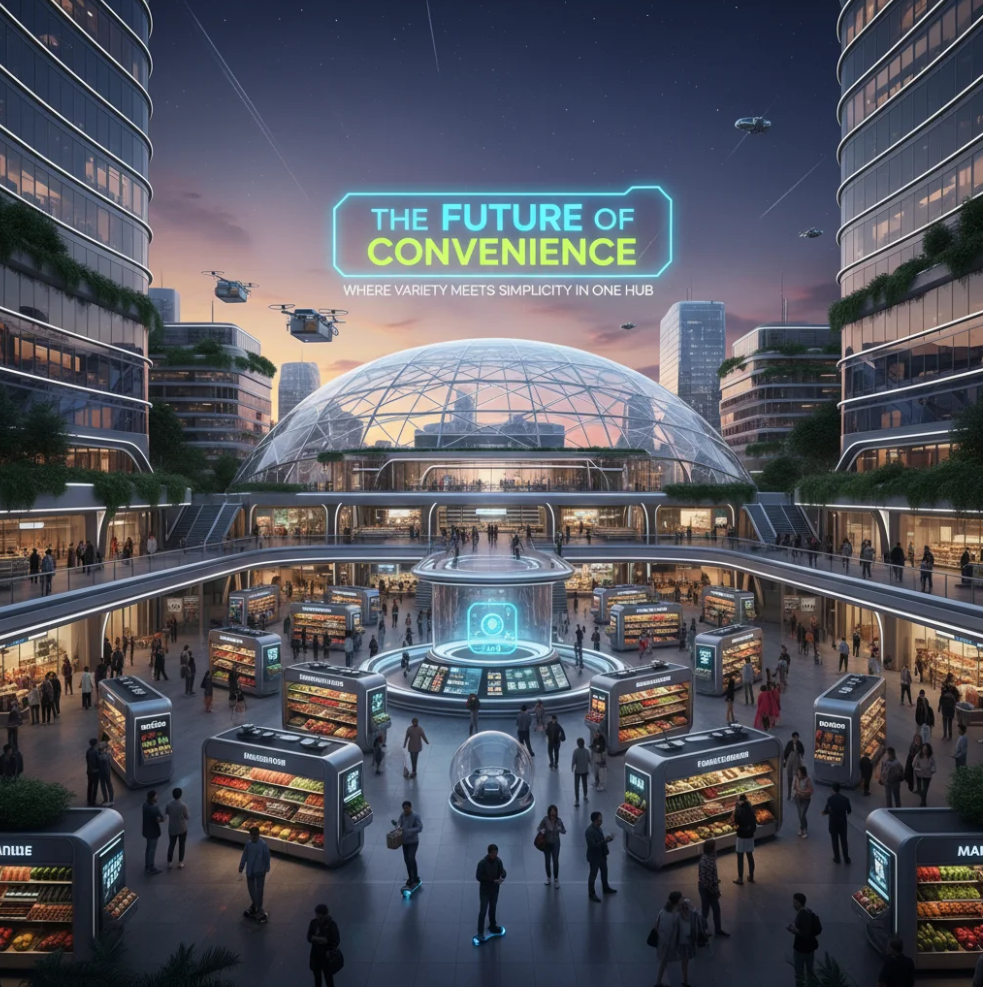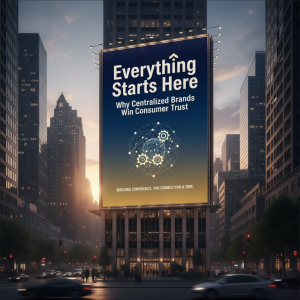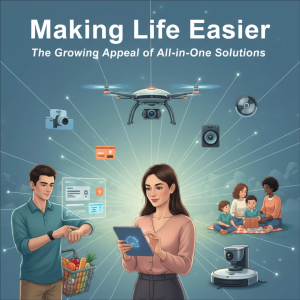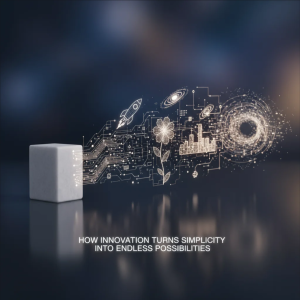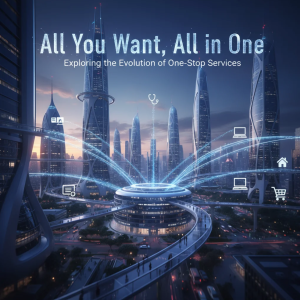In today’s fast-paced world, convenience is no longer a luxury — it’s an expectation. From shopping and banking to entertainment and productivity tools, consumers increasingly seek solutions that combine variety with simplicity.
The future of convenience is all about creating all-in-one hubs where users can access multiple services seamlessly, saving time, effort, and mental load.
🔗 1. All-in-One Digital Platforms
Modern apps and online platforms are evolving to combine multiple services in one interface. Examples include:
- Super-apps like Grab or Gojek that offer rides, food delivery, payments, and more
- E-commerce hubs integrating shopping, subscriptions, and customer service in a single platform
By centralizing multiple services, businesses reduce friction and provide a streamlined user experience, making life easier for busy consumers.
🛒 2. Variety Without Complication
Variety doesn’t have to mean complexity. The future of convenience focuses on smart design and intuitive interfaces that allow users to:
- Access a range of products or services
- Switch between functions effortlessly
- Customize their experience based on preferences
The goal is to offer options without overwhelming users, giving them control while minimizing decision fatigue.
⚙️ 3. Seamless Integration and Automation
Automation is key to enhancing convenience. All-in-one hubs are increasingly using AI and machine learning to anticipate user needs, such as:
- Predictive shopping recommendations
- Auto-scheduling and reminders
- Personalized offers and alerts
Seamless integration ensures that users can accomplish multiple tasks with minimal effort, making everyday routines more efficient.
🌐 4. Bridging Physical and Digital Spaces
The future of convenience also extends to hybrid experiences, combining online ease with offline access. Examples include:
- Smart retail stores with digital self-checkouts
- Subscription services that deliver personalized products to your door
- Community hubs where multiple services coexist under one roof
This approach blurs the line between digital and physical convenience, creating more cohesive and satisfying experiences.
💡 5. The Customer-Centric Mindset
Ultimately, convenience is about meeting real human needs. Companies that succeed in this space focus on:
- Listening to user feedback
- Continuously simplifying processes
- Reducing unnecessary steps
By prioritizing the customer experience, businesses can turn efficiency into loyalty, making convenience a differentiator in competitive markets.
✨ Conclusion
The future of convenience is not just about speed or efficiency — it’s about creating ecosystems where variety and simplicity coexist.
Whether it’s a super-app, a smart retail hub, or a fully integrated service platform, the most successful solutions empower users to do more, with less effort.
The convenience revolution is here — and it’s reshaping how we live, work, and play.
